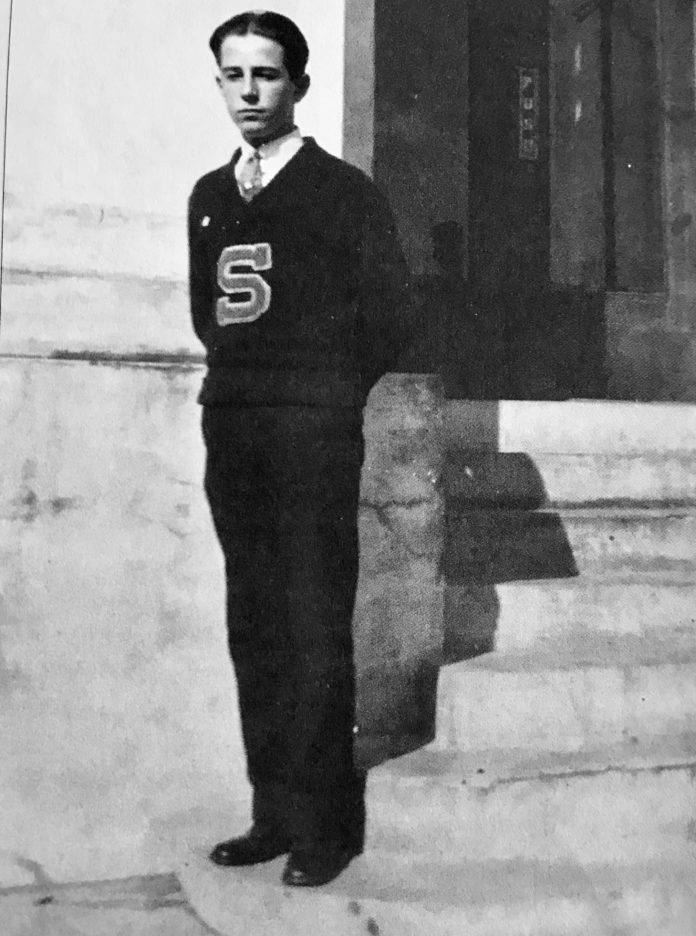
Last week, I wrote about the Seward High Ponies defeating the University of Alaska by a score of 6-4 back in 1931, and explained why such a low score was possible, given the rules of basketball at that time.
What I didn’t mention was the story behind that story, which involved high-jinks only possible in small-town Alaska.
My grandfather, William R. Shellhorn, moved to Seward in 1915 along with his wife Meda and three sons Merritt, Willard and Don, who was 3 years old at the time.
W.R. was a telephone lineman in Seattle and was hired to install the first such system in Seward. He was an avid outdoorsman, and particularly rabid sports fan.
In fact, one basketball game in Seward had to be stopped because W.R. was screaming so loud his false teeth flew out of the balcony and landed on the free-throw line.
So naturally, he was among the throng that packed the small gymnasium in anticipation of that Seward-U of A match-up.
When the tall and physical U of A squad trotted out on the court to begin their pre-game warmups, a hush fell over the hometown crowd. These were some of the best players from all over Alaska, strong, talented and mature. Fans watched in grim silence as the visitors never missed a lay-in and routinely drained long set shots, while smoothly dribbling and passing the ball about.
A big round of applause erupted as the blue and white clad Seward squad trotted out of their locker room. It quickly trickled away as only four players formed two lines and began their lay-in drills.
A buzz ran through the stands as they waited for the rest of the team to emerge. Instead, their coach strolled out and sat quietly on the Seward bench.
As in all small towns, everyone knew everyone, and it didn’t take the crowd long to figure out that the Ponies were short two playmaking guards named Don Shellhorn and Barton Stanton.
Where was this duo?
Can you believe they were racing back to town on snowshoes as fast as they could go, after losing track of time while having the best ptarmigan hunt of their lives?
Their packs were full of “snow chickens” which they sold for a dollar apiece on what was then known as “The Red-Light District.”
Meanwhile, the U of A coach was becoming restless, and inquired about how long warmups lasted in Seward. Both coaches were aware that the rules required the game to start with five players, and unless another Pony showed up, the college team had traveled all the way from Fairbanks for a forfeit.
Suddenly, all the lights went out in the gym. In fact, all the lights went out in the entire city. Flashlights brought by fans who had walked to the gym blinked on, and the Seward coach explained to his counterpart that power outages were not uncommon, especially in the winter with lines and poles overloaded with snow.
Suddenly, after a lengthy delay, all the lights came back on. And the crowd erupted in a roaring cheer, as out from the locker room raced the Ponies, now numbering six, with two well warmed-up ptarmigan hunters leading the way.
Meanwhile, down at the Seward Power Plant, W.R. gave the Plant Manger a “High Five.” The pair were good friends, having spent many moments together solving issues involving power and telephone line outages.
They glanced at the Main Switches that had just been flipped back on to restore power everywhere, and then raced out the door to reach the gym just in time for the opening tip.
The rest, as they say, is history. And for the rest of the season, Seward’s back court duo of my father and Barton Stanton were known as The Red Light Boys.














